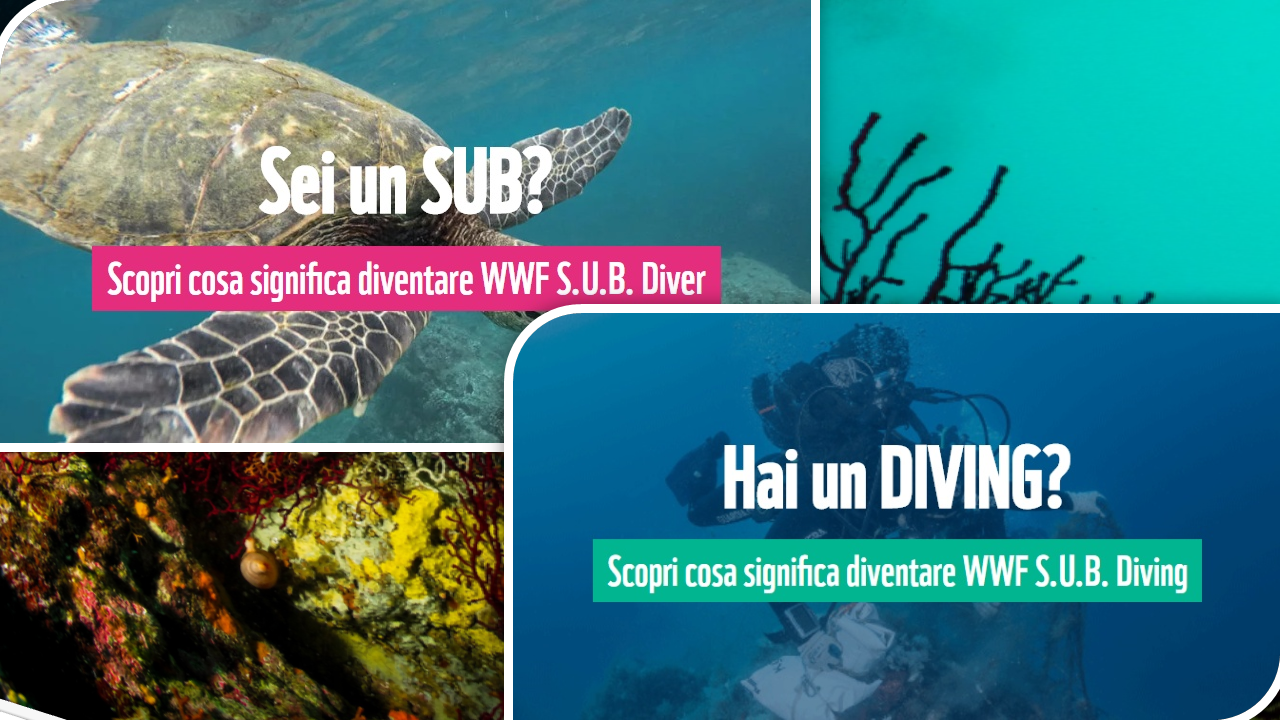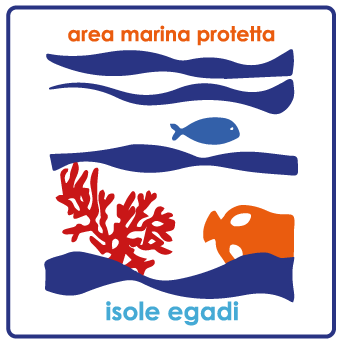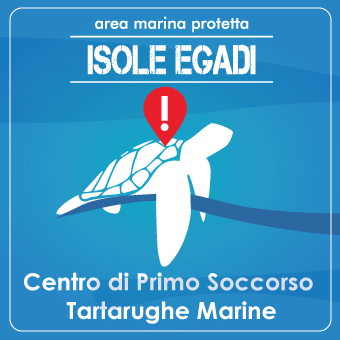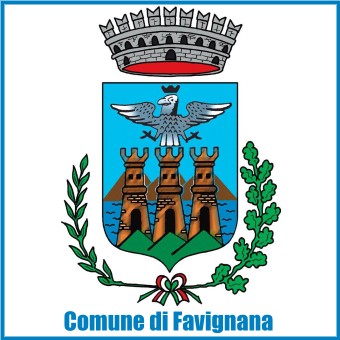The rock of Favignana from the sea are expressions of man's work, high hand-carved cliffs, whole inner areas dug in in a manner orthogonal random order, Eaves sometimes pyramidal. They are the ancient Cave di Tufo shelly Favignana now the destination for curious tourists and scholars careful.
But why did so many quarries Favignana ?
The “guilt” it is the sea that in our Quaternary era that has lasted 600 thousand years has raised and lowered at least four times during the glaciations.
It happened that when the sea covered the island, so in hot weather, the land became the seabed over 100 meters and bustling with algae and marine life, when glaciava returned after thousands of years to be a layer of ice over 100 meters, the sea retreated and the land is covered with vegetation and terrestrial fauna.
This rise and fall formed a layer over 200 meters of marine sediments formed by bivalves and corals, generating one of the island riches: tuff Favignana, a clear calcarenite almost white and very compact already it is known by the Romans as a building construction material.
In fact, apart from the Roman period the extraction of tuff of Favignana erupted from 1700.
The excellent qualities of gypsum and ease of shipping with the typical sailing ships Latin Trapani (the schifazze) allow an easy supply especially for large coastal cities of the Mediterranean as Trapani, Palermo and Tunis, but the requests also came from far away cities like Messina.
But of course the buildings of the Egadi Islands, the same Favignana and its beautiful Palazzo Florio, They were built with the characteristic tuff and in some houses of the old town peeps under the layer of plaster damaged by saltpetre caused by salt.
The segments were cut to size thanks to the mastery of “pirriaturi“, Local miners excavating the rock with “ax e zappuni” cutting it at right angles and forming true masterpieces.
The quarry was un'appezzamento of land that pirriaturi taking piecework, took away the surface hard rock said “cappellaccio” and then they departed from above to cut blocks from said standard measures “Cantuna” the most used had the measure 25x25x50 cm.
After a day were being paid by the owner of the land according to the amount of “Cantuna” delivered.
By cutting the tunnels formed, also of underground tunnels that were called “pirrere” Today places of great beauty where you can appreciate the true bond between man and earth.
The quarries have become veritable giant sculptures monuments comparable to the contrary… large times cappellaccio were supported by massive pillars that, in addition to the load-bearing function, They also had a practical, since that housed the stairs or appligli that were used to reach the bottom of the quarry.
In the neighboring land with the sea it proceeded with a side extraction, that allowed to arrive more quickly at the best tuff, as in Virgil cave at Cala Rossa, or at Scalo Cavallo.
For nearly three centuries of mining activity, the skill and ingenuity of pirriatori They have been passed down from generation to generation.
The quarries all open-air continued to be active until the advent of reinforced concrete that finally declared the end of this prosperous island activities.
Today only a few local entrepreneurs continue to extract the precious tuff Favignana for maintenance use, to achieve particularly exclusive and prestigious houses or supports for design structures such as the bases of sustainable gazebo Progetto Medon (bottom photo).
There is a study carried out by the group of caving Italian Alpine Club section of Palermo Conca d'Oro as well as having studied the quarries of Favignana proposed tourist cave tours to raise awareness of this immense cultural heritage of the story of the Aegadian Islands. To date not yet activated.
Here the study is available online: ARGUE: CAVE, ART AND CULTURE
To find news, curiosity, places, quarries visited, the art of local sculptors click on the TAG “tuff” of this site.
Photos and text © Giorgio De Simone











































